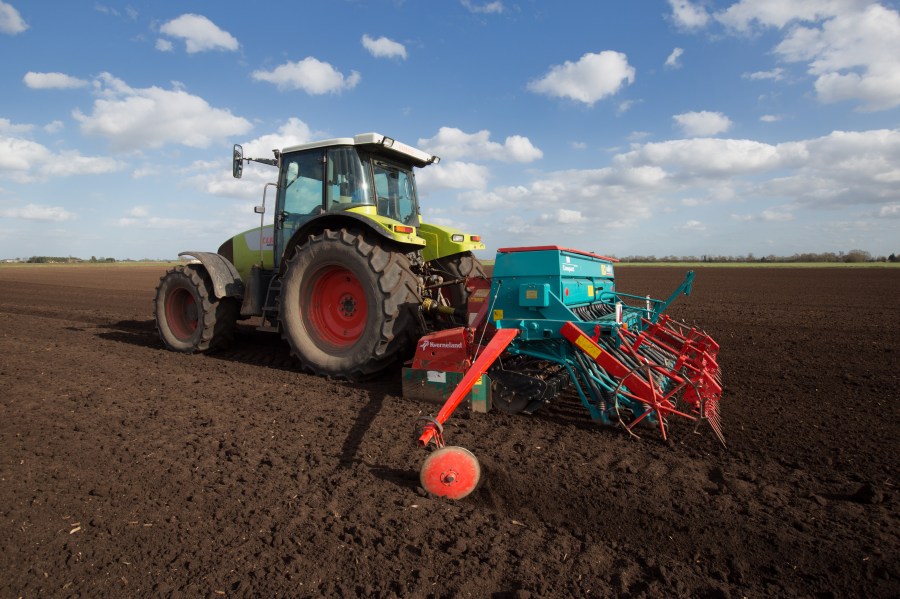There’s little doubt this season has been a difficult one for those looking to establish spring crops. But the relative flexibility of spring linseed may have tipped the balance in its favour. Most crops should have been drilled by now, and provided seedbed conditions were right, there’s every chance those crops could now be en route to winning one of the three prestigious categories in the CPM/Premium Crops Great Linseed Challenge (see details at www.premiumcrops.com).
But only those crops where the agronomy is spot on stand a chance of making the grade, according to Premium Crops agronomist Hannah Foxall. “The priorities for May are to sow any remaining spring linseed as soon as conditions allow, catch up with spring inputs in winter crops, and keep an eye out for pests,” she advises.
 When it comes to the seedbed for spring crops, field conditions are more important than calendar date. “You’re looking for a minimum soil temperature of 5°C and good seed-to-soil contact for moisture,” she notes.
When it comes to the seedbed for spring crops, field conditions are more important than calendar date. “You’re looking for a minimum soil temperature of 5°C and good seed-to-soil contact for moisture,” she notes.
“Flax flea beetle could be an issue for spring linseed until the crop is around 5cm tall, so keep an eye out for these in crops and treat with an insecticide if necessary – symptoms include notches on cotyledons or first true leaves. Often 1-2mm black beetles are seen.”
Linseed benefits from a wide range of herbicides that can be used. “Those with grassweeds should consider Avadex (triallate) pre-emergence, while a pre-em Callisto (mesotrione) keeps broadleaf weeds in check,” says Hannah. Fertiliser applications at drilling should be a maximum of 50kgN/ha, P and K 30kg/ha and 30-75kg/ha SO3.
The long winter has led to late applications of spring inputs in winter-sown crops. “They’ll now grow rapidly with sunny conditions, so growers must ensure a fungicide with PGR activity is applied as soon as linseed reaches target height. What’s more, warm and wet conditions will bring on disease, so an application will also help keep them clean.”
Don’t rush to apply high rates of N to backward crops, she warns. “Excessive nitrogen increases the risk of lodging, but don’t forget the importance of micronutrient applications.”
Another consequence of the long winter has been widespread damage from pigeons, especially in the East. “Crops should be growing away now, but keep pigeons moving on,” notes Hannah.
“Provided they’re not too large, now’s the time to control broadleaf weeds,” she adds. Maya (bromoxynil), Eagle (amidosulfuron) or Jubillee SX (metsulfuron-methyl) bring good results.




